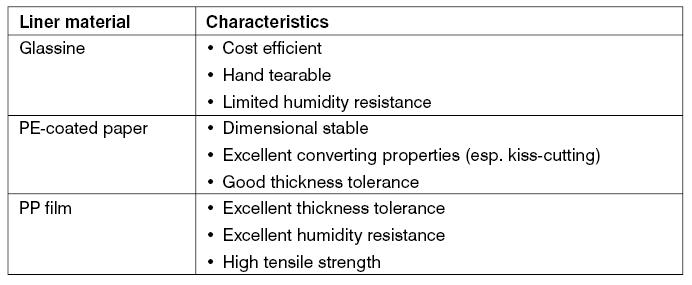Pet Scan: A Detailed Exploration of the Procedure and What It Looks Like
Guide or Summary:Purpose of a PET ScanHow a PET Scan WorksWhat Does a PET Scan Look Like?Preparing for a PET ScanInterpreting PET Scan ResultsUnderstanding……
Guide or Summary:
- Purpose of a PET Scan
- How a PET Scan Works
- What Does a PET Scan Look Like?
- Preparing for a PET Scan
- Interpreting PET Scan Results
Understanding the intricacies of a PET scan can be both intriguing and informative. If you're considering this imaging test, you might be curious about what it entails and what it looks like. This article delves into the process of a PET scan, providing insights into its purpose, how it works, and what one can expect during the examination.
Purpose of a PET Scan
A positron emission tomography (PET) scan is a nuclear imaging technique that helps in diagnosing and monitoring various medical conditions. It offers a unique view of the body's metabolic processes by detecting the uptake of a radioactive substance (tracer) into tissues. This technique is invaluable for detecting cancers, infections, and other metabolic disorders.
How a PET Scan Works
Before the scan, a small amount of a radioactive glucose analog (tracer) is injected into the patient's vein. This tracer is designed to concentrate in cancerous or infected tissues, making them more visible on the PET images. As the tracer circulates through the body, the PET scanner detects the emission of positrons, which are particles produced when the tracer decays.

The PET scanner is a specialized machine that contains a ring of detectors surrounding the patient. These detectors detect the positron emissions and convert them into data that creates detailed images of the body's internal structures.
What Does a PET Scan Look Like?
The images produced by a PET scan are unlike those created by traditional X-rays or CT scans. Instead of displaying anatomical structures in black and white, PET scans show the body's metabolic activity in a color-coded format. Normal tissues appear as areas of low activity, while abnormal tissues, such as tumors, show areas of high activity.
The resulting images are three-dimensional and can be viewed from various angles, providing a comprehensive view of the body's internal organs and structures. These images can be incredibly detailed, revealing even small areas of abnormal activity that might be missed by other imaging techniques.
-(1).png?sfvrsn=9977a6b4_3)
Preparing for a PET Scan
Preparation for a PET scan is relatively straightforward. Patients are typically asked to fast for several hours before the scan, as food can interfere with the tracer's uptake. Patients should also inform their healthcare provider about any medications they are taking, as some may affect the scan results.
During the scan, patients are asked to lie on a table that slides into the PET scanner. The procedure is painless and takes about 30 to 60 minutes to complete, depending on the specific area of the body being scanned.
Interpreting PET Scan Results
A radiologist interprets the PET scan images, looking for areas of abnormal activity that may indicate disease or infection. The results are then discussed with the patient's healthcare provider, who can use this information to make a diagnosis and plan appropriate treatment.

In conclusion, a PET scan is a sophisticated imaging technique that provides valuable insights into the body's metabolic processes. By detecting the uptake of a radioactive tracer, it offers a unique view of the body's internal structures, making it an essential tool for diagnosing and monitoring a wide range of medical conditions. If you're considering a PET scan, it's important to understand the procedure, what it looks like, and how the results can help your healthcare provider make informed decisions about your health care.